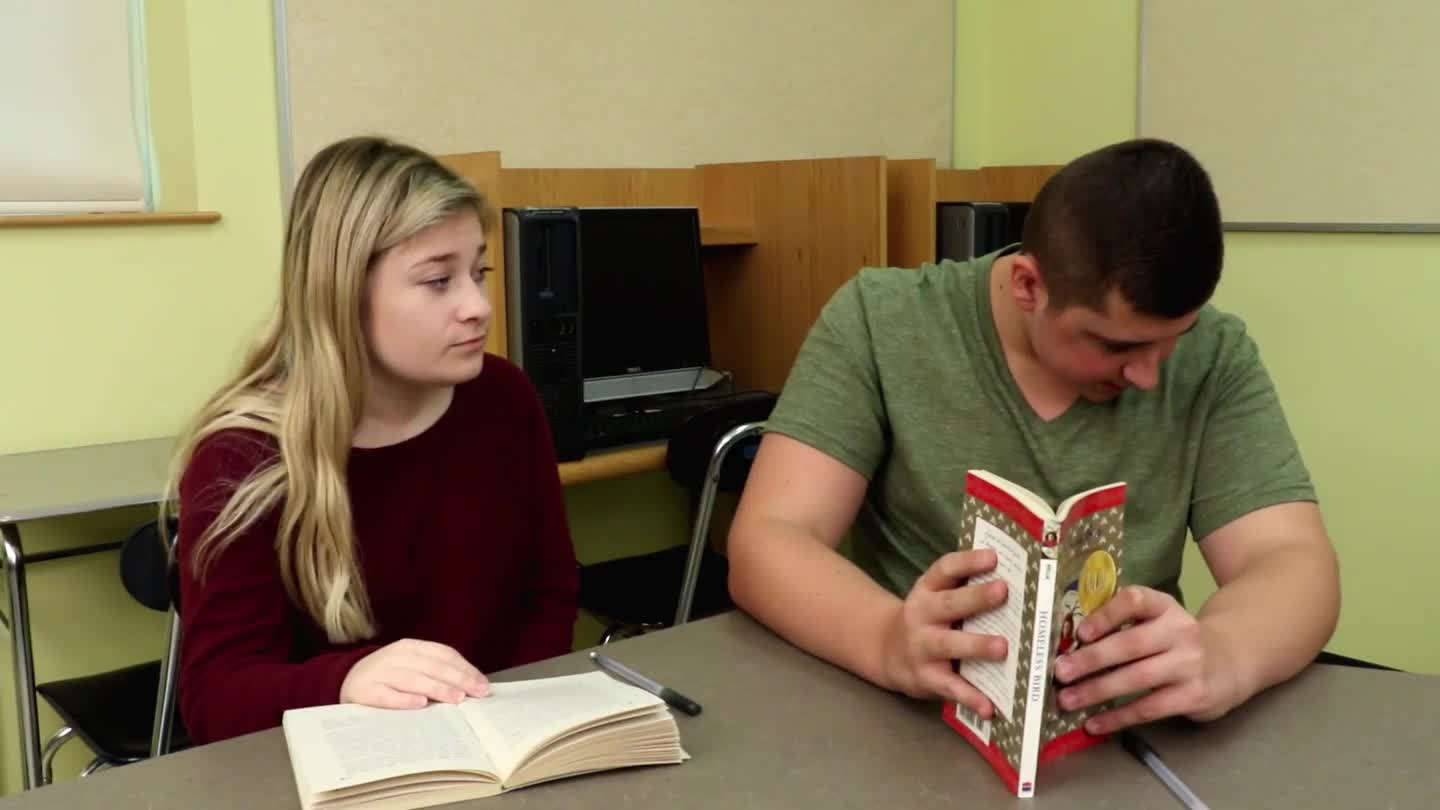
Introduction
The ability to read people’s moods is an important social-emotional skill that middle school students can benefit from developing. This skill involves observing and interpreting others’ facial expressions, body language, and tone of voice to better understand their emotions and feelings. By reading people’s moods, students can respond appropriately and empathetically, fostering positive relationships and avoiding behaviors that may make others uncomfortable or upset.
No-Prep Activity
This no-prep activity is designed to help students practice reading people’s moods without requiring any materials or preparation from the educator. Begin by dividing the class into pairs. In each pair, one student will be the “mood actor” and the other will be the “mood reader.” The mood actor will choose an emotion or feeling and then convey that emotion non-verbally through facial expressions, body language, and gestures. The mood reader will observe the mood actor and try to determine the emotion they are portraying. After a few minutes, have the students switch roles and repeat the process. Encourage students to experiment with different emotions and expressions, and discuss their observations and experiences afterward.
Discussion Questions
- Why is it important to be able to read people’s moods in social situations?
- What are some common facial expressions, body language cues, and tones of voice that can indicate someone’s mood?
- How can misreading someone’s mood lead to misunderstandings or conflicts?
- What strategies can you use to improve your ability to read people’s moods?
- How can being aware of others’ moods help you build better relationships with your peers?
Related Skills
In addition to reading people’s moods, there are several other related social-emotional skills that can help middle school students navigate their interpersonal relationships. These skills include active listening, empathy, perspective-taking, and effective communication. Developing these skills in tandem with the ability to read people’s moods can enhance students’ overall social-emotional competency and contribute to their success in various aspects of life.
Next Steps
To further explore the skill of reading people’s moods and other social-emotional learning concepts, we encourage you to sign up for free sample materials at Everyday Speech. These resources can help you incorporate these essential skills into your teaching and support your students’ social-emotional growth.

